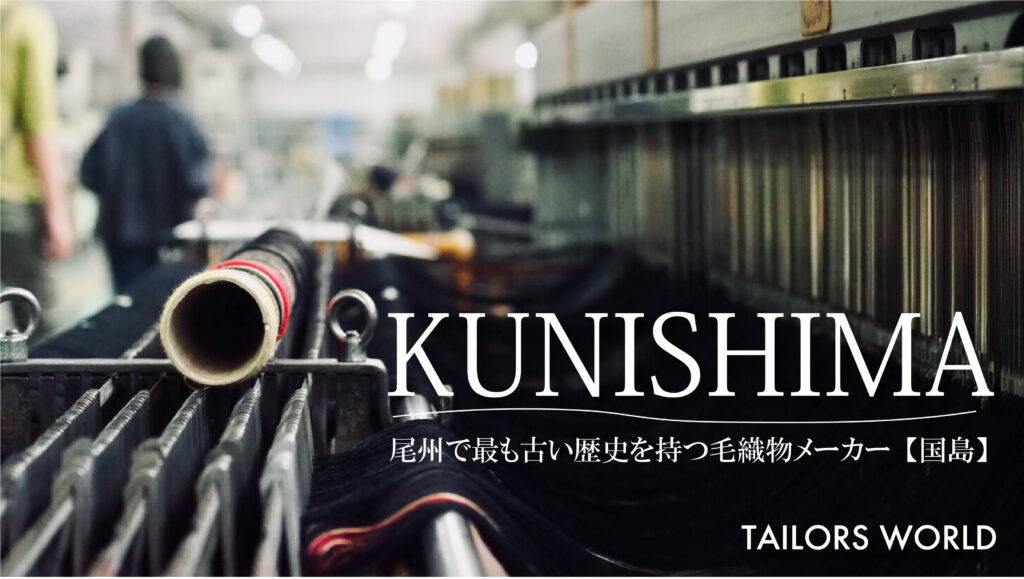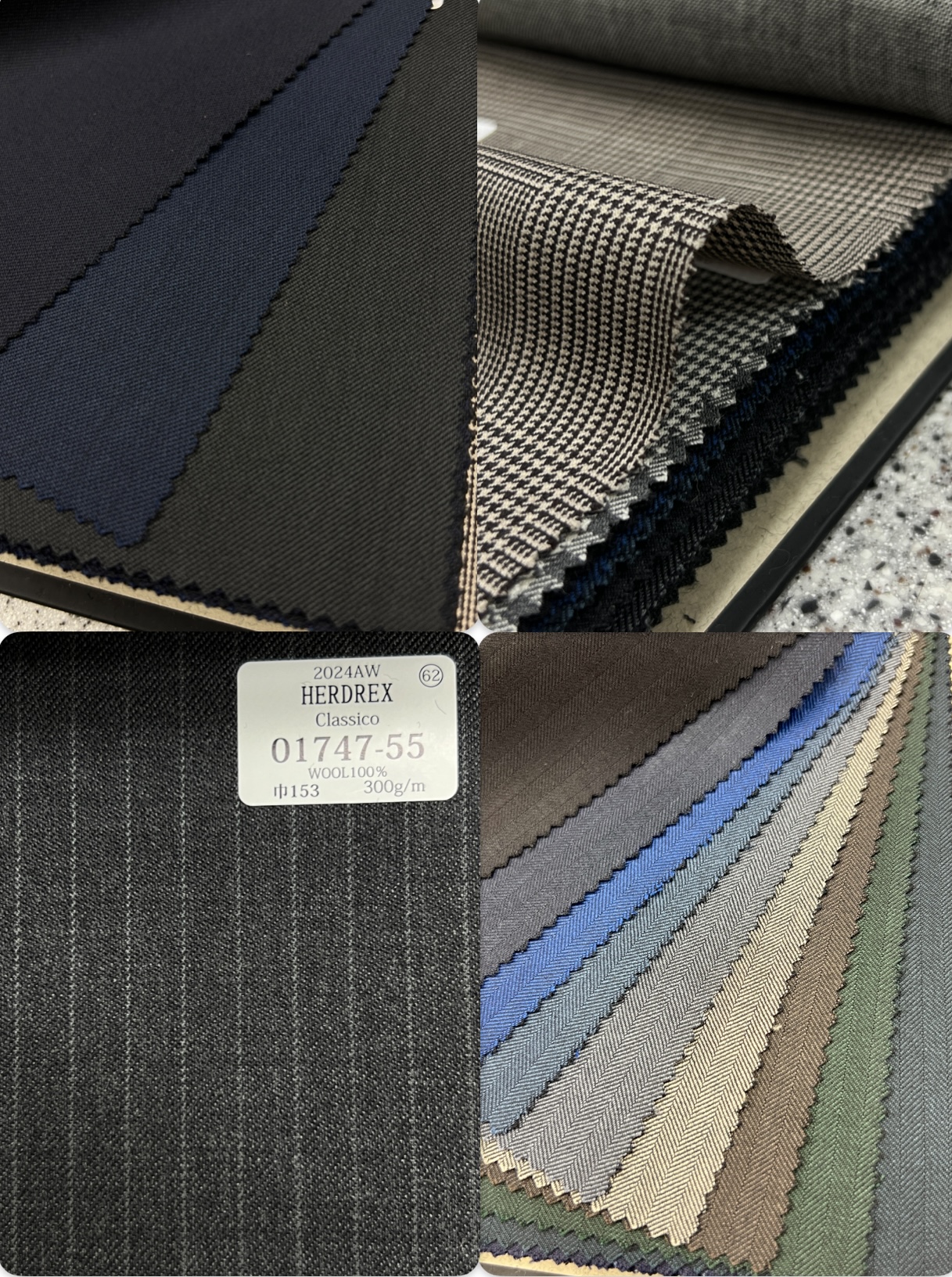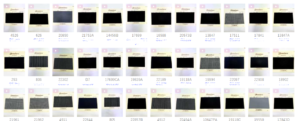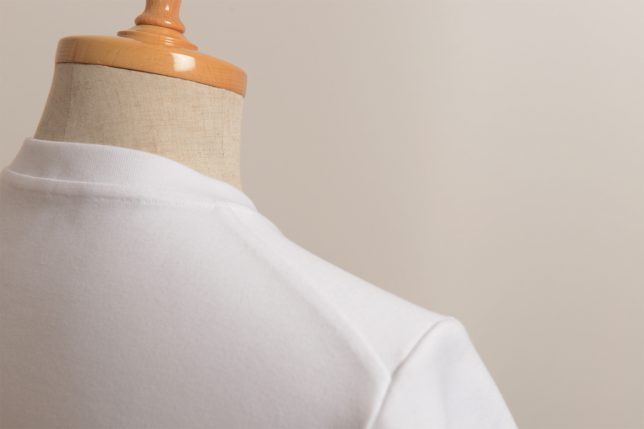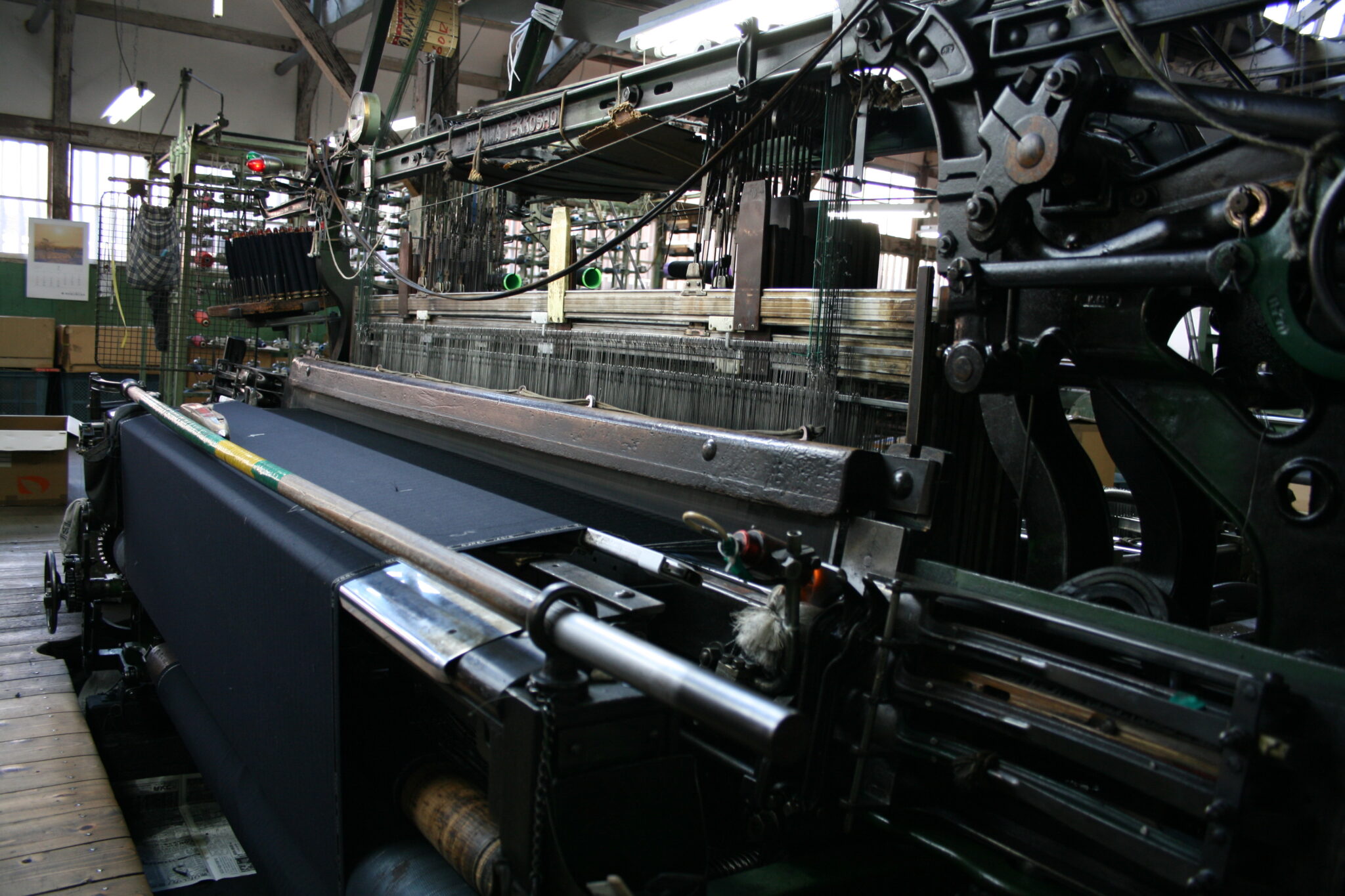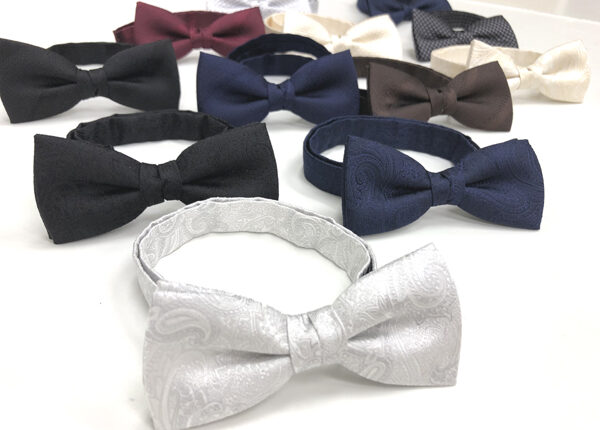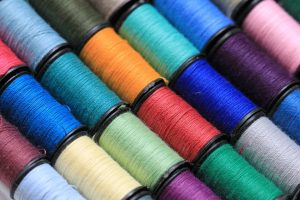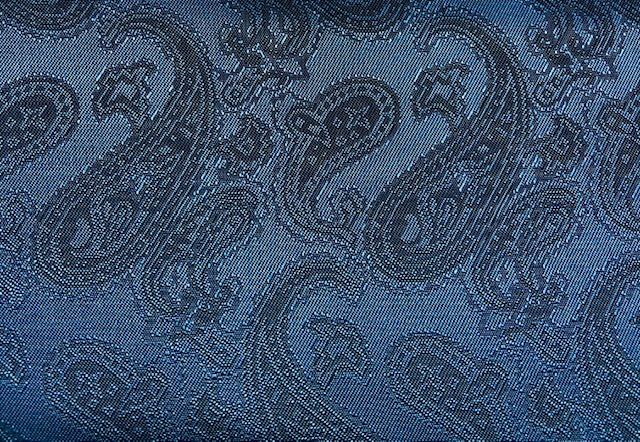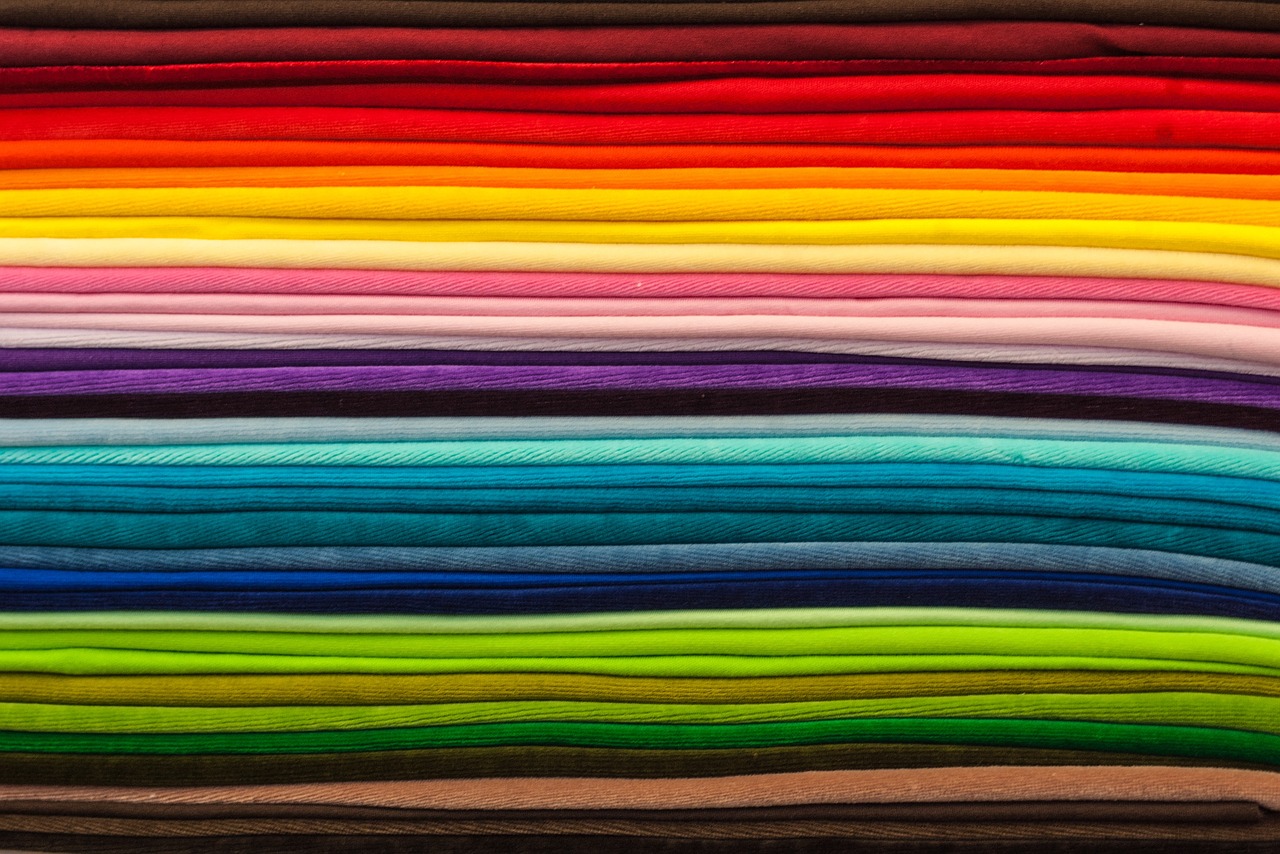Introducing Kunishima Co., Ltd. – A Legacy of Fine Fabric Craftsmanship目次1 Introducing Kunishima Co., Ltd. – A Legacy of Fine Fabric Craft…
Introducing Kunishima’s Fabrics!! Complete Guide to the Autumn/Winter Bunch Books: “HERDREX” and “BEST SELECTION”
Hello! I’m Kosuge, the newest member of the TAILORSWORLD editorial team. Today, I’m excited to present a complete guide to Kunishima’s autumn/wi…
Introducing Kuzuri Woolen’s Fabrics!! Comprehensive Coverage of Spring/Summer and Autumn/Winter: The DOMINX Standard Collection
Hello, everyone! My name is Kosuge, and I’m making my first appearance as a member of the editorial team. I look forward to your continued support! To…
We are now accepting orders for Dress T-Shirts
At our company, we also offer made-to-order jersey suits. However, we felt that pairing a traditional dress shirt with a jersey suit can sometimes feel out of place. With high-quality fabrics, even a T-shirt can create a polished and sophisticated look. That’s why we’ve launched a new made-to-order service for our Dress T-Shirts.
Slow and Meticulous Weaving with the Shonher Loom: Introducing Japan’s Textile Maker, KUZURIKEORI Co., Ltd.
Kuzurikeori Co., Ltd., established in 1912 in Japan’s historic textile hub, uses rare Shonher looms to craft high-quality wool fabrics. Their ultra-slow weaving process preserves the handwoven texture, producing soft, durable, and resilient textiles ideal for suits. The company’s DOMINX brand emphasizes superior craftsmanship, blending traditional techniques with meticulous attention to detail. Katsuri’s timeless fabrics continue to receive high praise for their quality and unique texture.
Formal accessories made of Kyoto Nishijin silk
The hound’s tooth pattern is a classic and popular pattern. Four colors are available: black, navy, champagne, and silver. The silk is thick and of high quality, carefully woven on a low-speed loom by a long-established weaver in Nishijin, Kyoto.
Understanding Denier and Tex: Deciphering Yarn Thickness
Exploring the terminology of yarn thickness is essential for fabric enthusiasts. This blog delves into denier, yarn count, and tex, shedding light on the nuances.
Unveiling the Role of Linings in Clothing: A Guide and Recommendations
Explore the vital role of linings in garments, providing reinforcement, preventing transparency, easing wear, and maintaining silhouettes. Linings shield fabrics from wear, enhance durability, and offer comfort. Choosing the right lining involves matching thickness and color with outer fabrics. Recommended materials include durable polyester, moisture-absorbing cupra, and luxurious silk. Linings, though optional, significantly impact clothing quality and comfort. Careful selection based on fabric types ensures a refined and enjoyable wearing experience.
Back to Basics! Essential Knowledge about Fabrics You Might Be Afraid to Ask Now
The blog delves into fundamental fabric terms: fabric weight, width, effective width, grain directions (lengthwise, crosswise, and bias), selvage details, single and double yarn, prewash vs. postwash, and irregular winding. Understanding these basics enhances comprehension of fabrics.
Essential Items for Carrying Suits and Coats – Introduction to Non-woven Garment Cases
When delivering or traveling with suits, proper storage is crucial. Introducing tourist bags for suits and coats, featuring eco-friendly EVA material. Various options available, including single-sided and double-sided non-woven bags, with transparent EVA resin for easy content check. The bags are not only practical for storage but also environmentally friendly. Sizes range from 60cm×100cm to 60cm×136cm, catering to different garment types. Explore the collection, and inquire about custom naming for orders exceeding 100 pieces.


